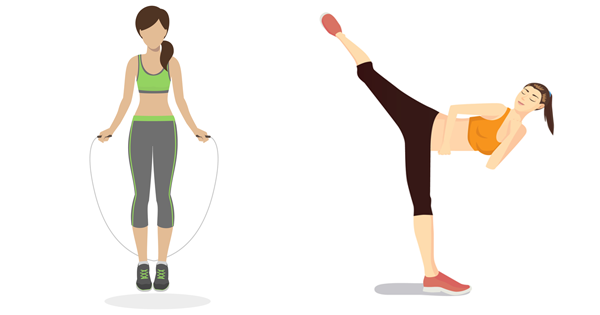Researchers at McMaster University recently confirmed what many fitness instructors and personal trainers have been supporting for ages: Short, intense bursts of exercise can be just as effective in burning calories and improving physical health as longer, endurance-based workouts.
This study, however, provided concrete evidence that confirmed the equal effectivity of these two types of workouts. Completing 10-minute, high intensity workouts three times a week, of which one minute is performed at maximum intensity, for 12 weeks is “just as effective as doing 50 minutes of training, of which 45 minutes were at a moderate intensity” three times a week, for 12 weeks.
The results of this study, and others that came before it, helped create the foundation for HIIT (High Intensity Interval Training) workouts that are constantly increasing in popularity.
HIIT workouts are so effective because they tap into muscles that deliver power and speed, as well as increase your ability to train at higher intensities in the future. High intensity workouts also boost the performance of your heart and lungs because your body is experiencing a greater need for oxygen.
The nature of high intensity workouts forces your body to tap into all its reserves in the most efficient and effective way possible. HIIT workouts maximize the amount of energy you put into a workout, so you can work out for a shorter period of time overall.
For HIIT trainers like Shane Collins, founder of the famous kick-boxing gym, Kobox, in London, some favored HIIT moves include squat jumps, high knees with punches, and burpees – all of which boost cardio performance, as well as sculpt and tone muscles. Other effective HIIT, cardio moves include jumping rope, jumping jacks, and jogging on the spot.
Before you leap into your new HIIT routine though, be sure you consult a physician or a personal trainer to ensure that you’re doing what’s right for your body.





